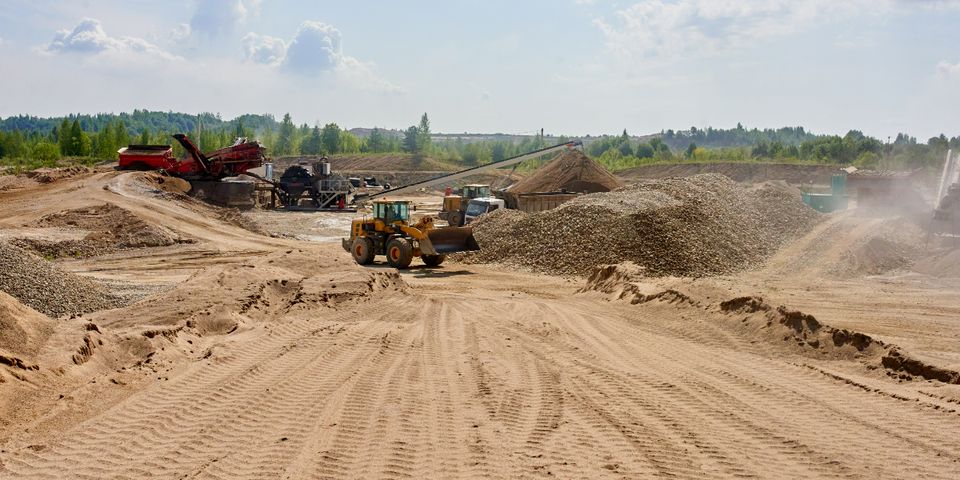
When many people think about erosion, they picture a river gradually cutting through a mountain over time. While this is one type of erosion, there are many others that can occur in different environments. In some instances, such as when planning an excavating project, erosion can play a major role in how that project must be approached. Here is what you need to know.
Understanding Soil Erosion
Soil erosion is the displacement of particles from one location to another by the force of water, wind, or ice. The three main types are splash, sheet erosion, and rill. Splash erosion occurs when rainwater washes away soil. Sheet erosion is a more gradual form whereby flowing water slowly wears the earth away. Rill erosion occurs when runoff from rainfall or melting snow collects in small channels, or rills, and cuts into the soil.

Factors that can contribute to erosion include poor land management practices, deforestation, overgrazing, excessive tillage or ploughing, and poor drainage. The process can lead to landslides, flooding, and the loss of topsoil, which is the most fertile layer of the ground. This can make it difficult for plants to grow and may eventually lead to desertification.
Some common signs include bare ground with no vegetation, exposed tree roots, rills or gullies in the ground, and soil that has been washed away. Some things you can do to mitigate erosion include planting vegetation; building fences, walls, and retaining walls; creating terraces or contour ploughings; and improving drainage.
How Does It Affect an Excavation Project?
Unfortunately, erosion can cause an excavation project to take longer than anticipated and can pose safety concerns thanks to unstable conditions. It can also increase the cost of excavating, because repairing or stabilizing eroded areas can be costly. It may also be necessary to purchase or rent additional equipment in order to safely work in the affected area.
Despite the challenges it can pose, excavating companies have a few options for dealing with it. One is to use special equipment that helps to prevent or reduce the amount of erosion that occurs. A preemptive option is creating berms or other barriers to help protect against erosion, or monitoring the area and taking action as soon as erosion is noticed.
If you are planning an excavation project, it is important to take steps to mitigate its effects. This includes using machinery that minimizes ground disturbance, removing vegetation carefully by hand instead of using machinery, using erosion control matting or other barriers to protect exposed soil, and having a plan in place for dealing with any runoff water.
When you need the very best excavating work in the region, trust the 45 years of experience behind J-King Excavating of Phoenix, AZ. In addition to their extensive knowledge, they use state-of-the-art equipment for optimum safety and efficiency. You can rely on them for land grading, hauling, retaining wall installation, and more. Visit them online to learn more about their services, or call (623) 231-5697 to schedule a free consultation.
About the Business
Have a question? Ask the experts!
Send your question

